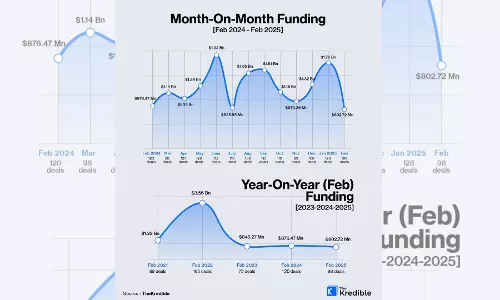Bharat Stage fuel emission norms explained
Stricter BS fuel emission norms forced makers of Maruti 800 to stop production of new units to comply with law.;

Mumbai: The Supreme Court order slapping a ban on Bharat Stage III vehicles comes as a big blow to automobile companies as they are sitting on a huge inventory of vehicles worth Rs 12,000 crore.
All these automobile companies are now considering other options like export and discounted prices to dispose off their vehicles before March 31, the deadline the apex court has set for taking these vehicles completely off roads.
Here are some key facts that you should know: What does these fuel emission norms represent? Who formulates and amends them? And, how these rules are implemented.
1) Bharat Stage fuel emission norms were started by government to keep a check on level of air pollution caused by ‘combustion engine’ especially in motor vehicles. The Central Pollution Control Board closely monitors pollution level and sets measures to control them.
2) On recommendation of pollution control board, the government makes amendments in previous rules and formulates stricter norms. CPCB evaluates level of suspended particulate matters (SPM) mostly emitted by vehicles fitted with internal combustion engines.
3) These fuel emission norms were formulated on the lines of fuel emission standards presently in practice in Europe where norms like Euro 4 or Euro 6 ban use of ‘obsolete’ vehicles. These rules were first put into effect in the year 2000 in India and since then the extent of restrictions have gone up in the form of BS II, BS III and BS IV norms.
3) The government enforced BS III fuel emission norms in October 2010 across 13 cities and BS IV norms were imposed in April 2010.
4) Last year Indian government revealed that it will skip BS V norms and directly jump to implementing BS VI from BS IV rules.
5) The rules that became stricter in nature at every stage of modification removed some important players from auto industry. For instance, Maruti 800 had to stop production of new units under changed and stricter BS rules that made the vehicle 'obsolete'.
6) Removal of two-stroke engines in two-wheelers and introduction of electronic control mechanism were primarily owing to advent of stricter fuel emission norms in India.


